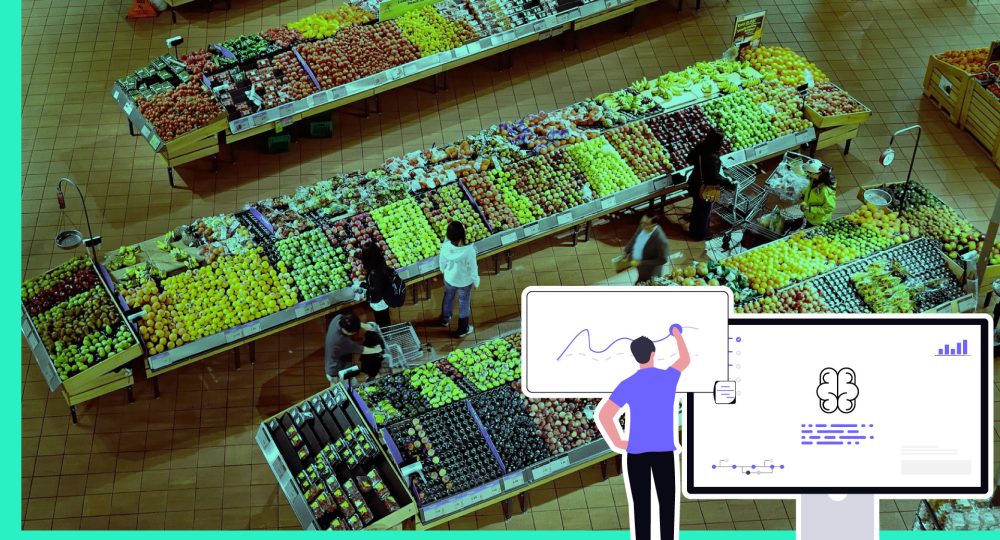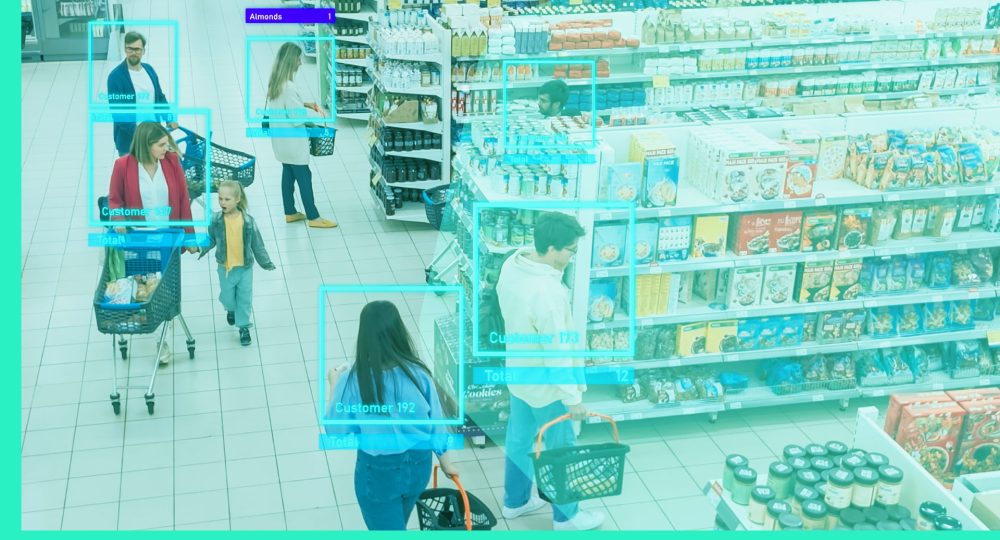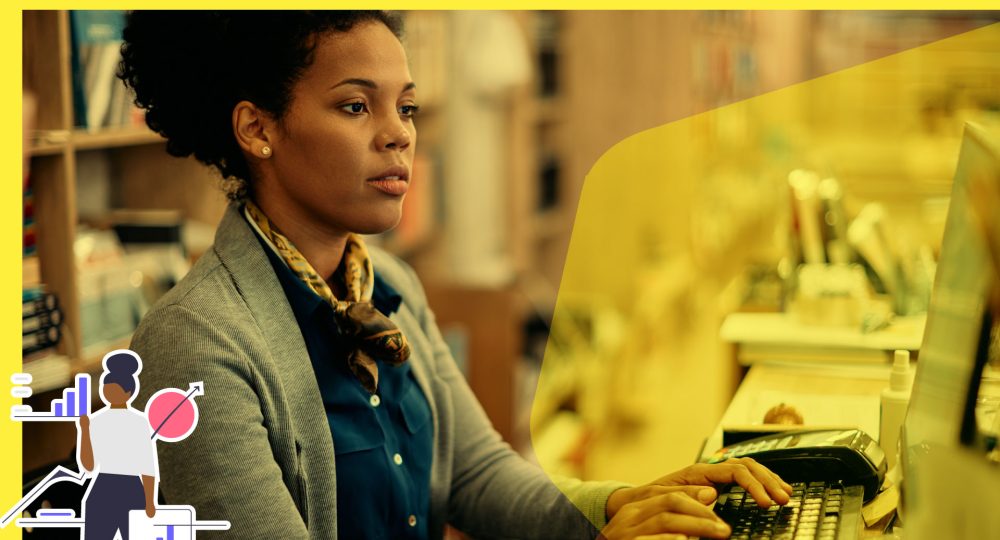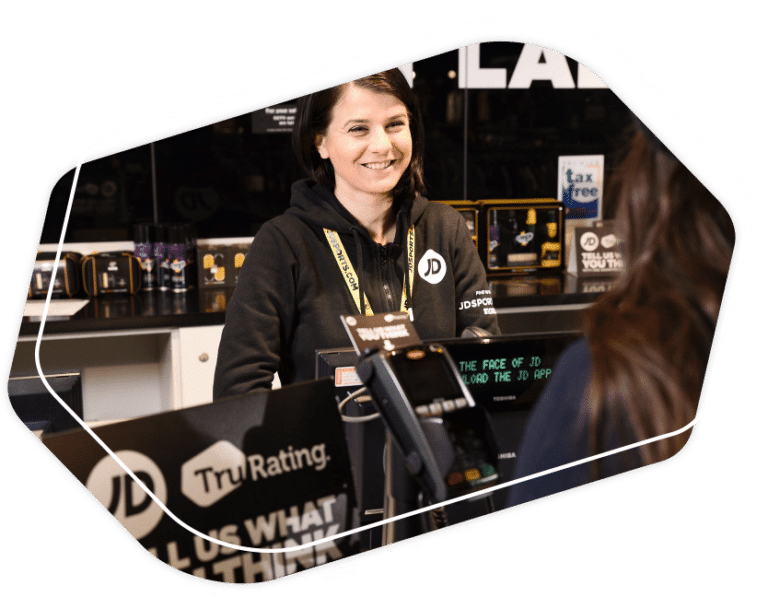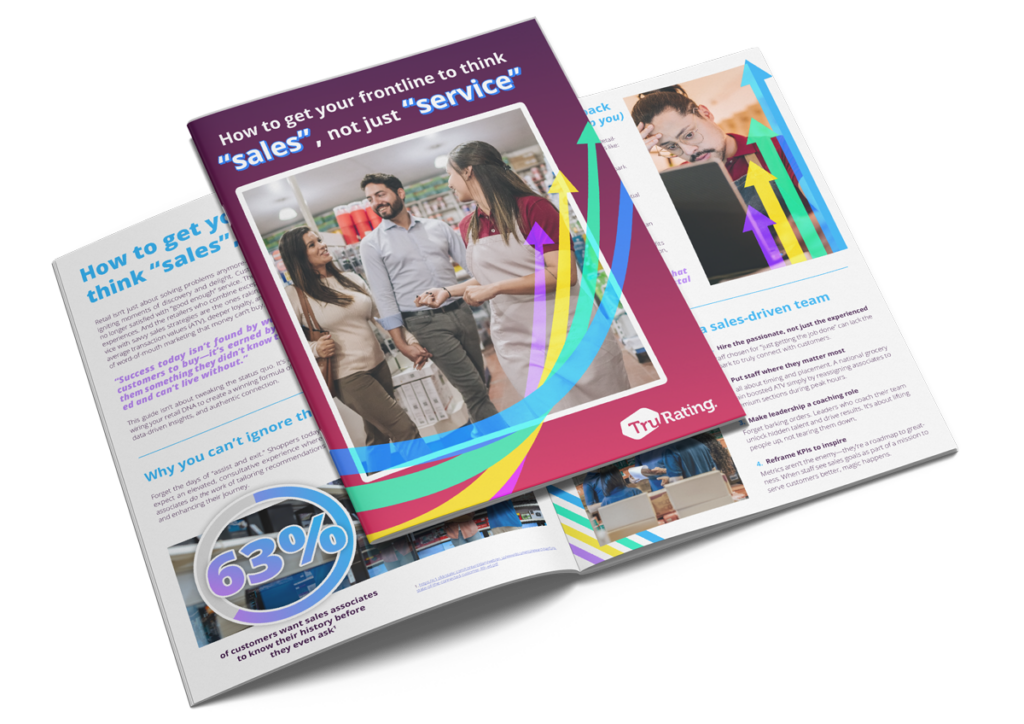For most businesses, hiring outside eyes to check on your stores at all times is just not feasible. Store managers and associates are at risk too and they need support as much as anyone to create a safe environment for all. But we’re only human and the natural tendency to let one’s guard down over time is a genuine issue.
To support our retailers, we recently developed a program to help measure concerns around the new category of ‘SafetyX’. The steps are based on principles we use with our clients by every day, but can be used by any business.
- Measure customer perception of ‘feeling safe’
- Quickly isolate ‘at-risk’ stores
- Setup deep dive questions to understand route causes
- Take corrective action
- Measure the impact of those actions
Step 1: Measure perception of customer safety
Use the below question as the North Star metric for understanding SafeX across your organization.
A 70% customer response rate is a good benchmark for each store to strive for. This will ensure accurate, representative, and actionable data by shift. For high volume locations an hourly read is recommended.
STEP 2: Quickly isolate “at-risk” stores
Once you’ve implemented a base test question, a good starting threshold to use as a benchmark is 97% YES response. Stores that fall below should be investigated as potential at risk locations.
STEP 3: Deploy deep dive customer safety questions
Deep dive questions should be created based on your company’s specific COVID-19 safeguards, procedures and expectations. These questions can be deployed in “at-risk” locations or all stores, in combination with your safety benchmark.
STEP 4: Deploy corrective procedures and task forces
Where stores are underperforming, drill down to understand where the issues lie. Heat maps provide a helpful way to spot shifts that need more coaching, because they give a clear view of performance at a glance.
Step 5: Measure the impact of actions on customer safety
After coaching and corrective actions have been put in place, be sure to check regularly that customer perception has improved. If not, you may need to re-think your strategy. And don’t forget to congratulate your team where improvements have been achieved.
Interested to read more about COVID-19 and retail? Check out our post featuring tips from 13 of the world’s leading retail experts on what to expect after the pandemic.



